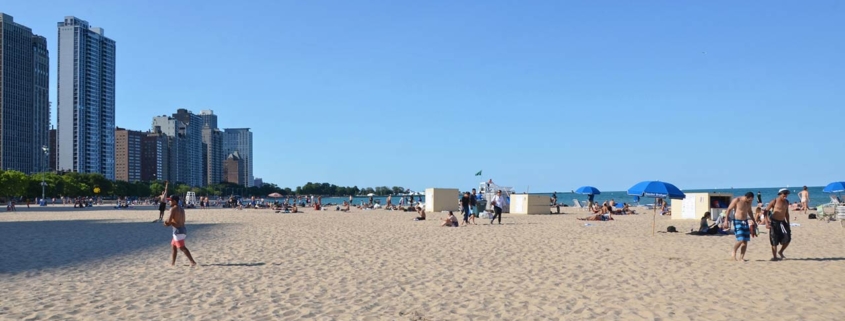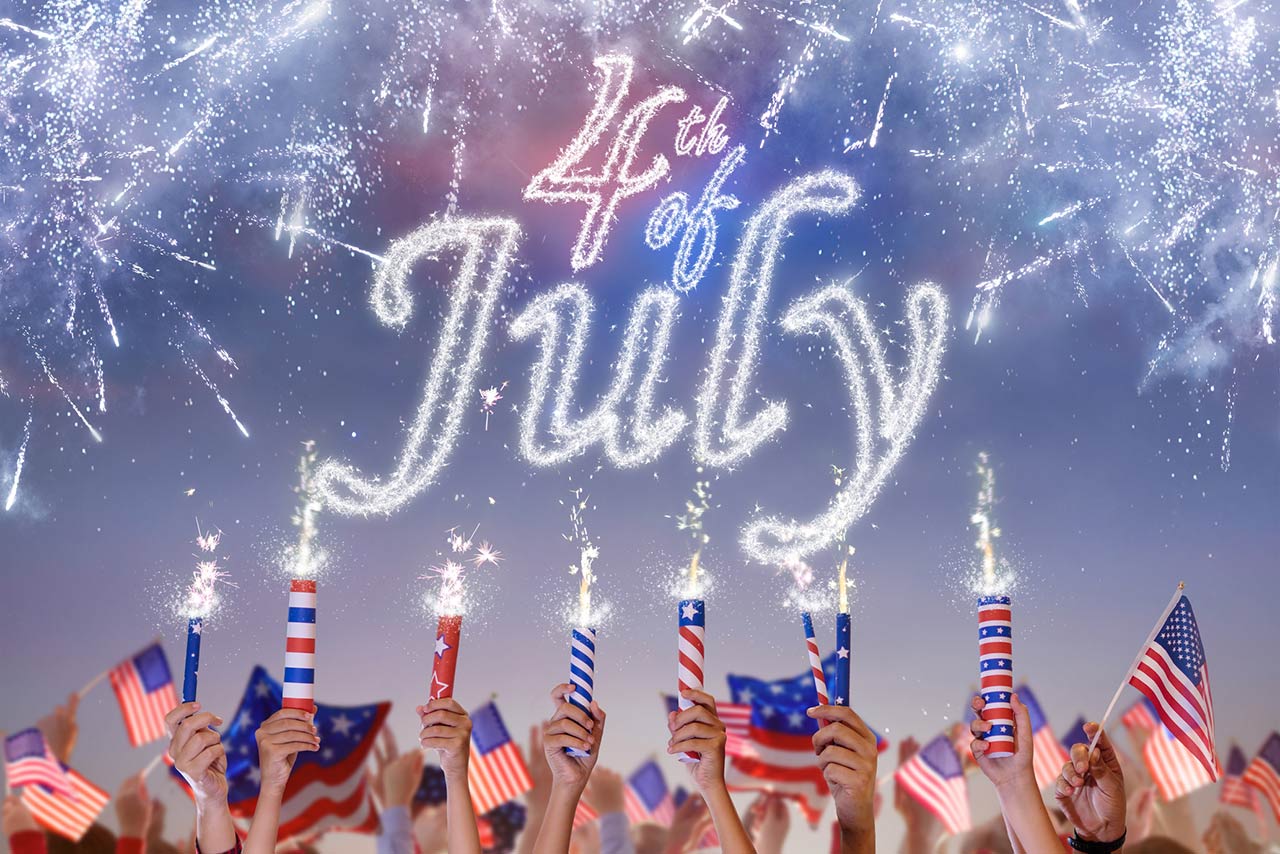Neighborhood News: Summer fun, Safety first, at Chicago’s beaches

“Next time you hit the beach in Chicago and take a free dip in Lake Michigan, remember to thank Sarah Hackett Stevenson. Though the city’s lakefront today is famously treasured as “forever open, clear and free,” Chicago’s early beaches were anything but.”
Happy July, everyone! The dog days of summer are here, and with it, Chicago’s beaches offer cool, refreshing relief from humidity and oppressive heat.
From Leone and Loyola Beach in Rogers Park, to Oak Street to Rainbow Beach on the South Side, Lake Michigan is truly ‘Chicago’s backyard.’
Best of all…admission to all 26 miles of Chicago’s beaches is free!
Who Manages Chicago Beaches?
The Chicago Park District manages the city’s 26 miles of lakefront “for the enjoyment of Chicago residents and visitors.”
‘Beach season’ runs from the Friday before Memorial Day through Labor Day.
There are rules!
Lifeguards are only on duty during beach season from 11 am – 7 pm, which runs through Monday, September 1.
As the Chicago Park District website notes, swimming is ONLY permitted during these hours, in designated swimming areas.
Those flags mean something
As WTTW notes…Have you ever noticed those colored flags planted on the city’s beaches?
They’re not decorative, they’re the Park District’s way of signaling safety conditions for swimming, weather and water quality, using familiar traffic-light hues:
- Green means all three are in the clear.
- Yellow indicates unpredictable weather conditions or elevated bacteria levels in the water; swimming is still allowed but caution is advised.
- Red flags go up when either weather or water quality hit the danger zone and no swimming is permitted.
And everyday, the Chicago Park District posts a list of beaches that are open that day. You can find the list by clicking here.
Swim conditions are updated each day around 11am, based on weather and surf conditions, and around 1:30 pm based on water quality conditions. Flags may be updated throughout the day as needed.
‘Swimming Prohibited’ Rules
Too often, rules are posted and ignored. Because of Lake Michigan’s perilous rip currents, it is important to obey when signs are posted saying ‘Swimming Prohibited.’
History of Chicago Beaches
Chicago’s earliest sand beaches resulted naturally from capturing sand moved by the current south along the shoreline toward the Indiana Dunes, according to Wikipedia sources, but these beaches were dynamic, shifted and eroded.
When Chicago began building piers and other structures into the lake, large sandy beaches formed generally to the north of a pier due to sand capture.
The city’s early beaches were funded by private entities such as hotels and private clubs, and therefore closed to the public.
However, according to WTTW and several other sources, it was women like Dr. Sarah Hackett Stevenson, who led the fight for public bathing beaches. In an 1892 letter, published in the Chicago Tribune, she wrote: “It is selfishness of the most cruel nature to pile up ordinances between the people prostrate with heat and this great refreshing body of water.”
Proponents saw public beaches as an opportunity to accommodate demand for public baths and eliminate the expenditure of enforcement resources on ordinance violations for public bathing.
Chicago responded by opening the first public bathing beach in 1895 in Lincoln Park, primarily as a response to the efforts of the Free Bath and Sanitary League, according to Wikipedia sources. Spaces were designated for public use and the city accepted responsibility for maintaining the beaches. By 1900 the lakefront was divided into zones of recreational, residential, agricultural and industrial uses. Lake Michigan water quality concerns lead to the reversal of the Chicago River with deep cut of the Illinois & Michigan canal in 1871 and the construction of the Sanitary and Ship Canal at the start of the 20th century.
The 1909 Burnham Plan led to the development of the lakefront.
Recreational development on the city lakefront became a priority due to the influence of department store founder Aaron Montgomery Ward. His belief that the public’s access to the Lake left its impression on the development of Jackson, Burnham, Grant and Lincoln Parks. The beaches offered free access for those with their own swimming suits, and a small fee for rentals, demonstrating a shift towards public and affordable access to the lake.
Today
As Choose Chicago notes, whether you’re looking for a leisurely paddle in a kayak or an adrenaline-pumping ride on a Jet Ski, you can do it all at Chicago’s beaches.
North Avenue Beach has paddleboarding, kayaking, jet skiing, volleyball, bike rentals
31st Street Beach has jet skiing, boat rentals, kayaking, and paddleboarding.
Oak Street Beach has bike rentals and volleyball.
Montrose Beach has sailing and boat charters.
Chances are, there’s a beach with your name on it nearby!
Click here for a complete list of Chicago Beaches.
Alison Moran-Powers and Dean’s Team Chicago



